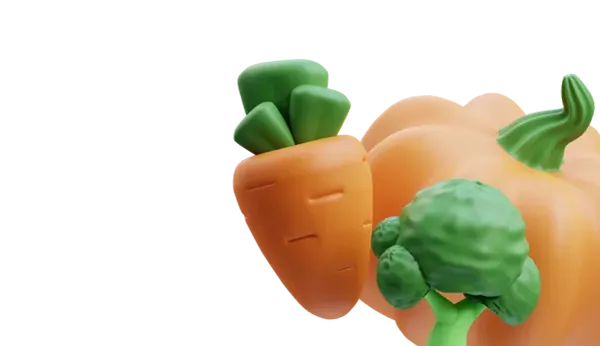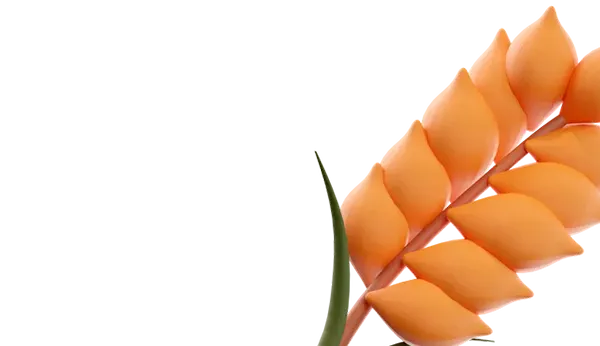AgroXXI.ru portal reviewed an article by a team of researchers from Chulalongkorn University and the Pathum Thani Rice Research Center of the Ministry of Agriculture and Cooperatives of Thailand, proposing a new solution to increase rice yield and quality.
Importance of Colored Rice Varieties for Health
Rice accounts for 20% of the world's food energy supply. Consumers nowadays pay attention not only to the amount of energy obtained from rice but also to its health benefits. Maximizing the quality and quantity of the harvest is the main goal of the rice industry, and one of the effective strategies to achieve this goal is the use of biostimulants.
In Thailand, rice is the main crop. However, the yield of rice is limited, especially for local varieties that are nutritious for human consumption. Although white rice is more popular, colored rice has greater nutritional value and contains more antioxidants due to phenolic compounds and flavonoids.
In Thailand, two main varieties of red rice are cultivated: "Tubtim Chumphae" or "RD69" and "Hawm Gulahb Deang" or "HGD". "RD69" was created by crossing the mutant line "Khao Dawk Mali 105" (white rice) with "Sangyod Phatthalung" (colored rice). The seeds of "RD69" have a low amylose content (soft taste).
Amylose is an important quality factor in rice cooking. It reflects the texture of cooked rice: high amylose content indicates a firm texture, while low amylose content indicates a soft texture. Consumers can choose their preferred rice texture based on the amylose content.
RD69 seeds are rich in antioxidants, phenolic compounds, and flavonoids.
The glycemic index of rice can vary from 40 to 100, and depending on the speed of starch absorption, rice is classified as rapidly digestible glucose (RAG), slowly digestible glucose (SAG), and resistant starch. Consumption of rice with low RAG and high resistant starch is considered a preventive measure for type 2 diabetes.
"HGD" was created by crossing KDML105R-PRE-5 (colored rice) and IR64 (white rice). It contains beneficial starch properties and has a moderate amylose content and low RAG.
These varieties were selected to study the potential of new agriculture that enhances the beneficial properties of rice for health.
Chitin and Rice Bran for Biogranule Production
Chitin is a common biopolymer, a polysaccharide obtained from N-acetyl-D-glucosamine found in the exoskeleton of arthropods and the cell wall of fungi. Chitin can be obtained from crustaceans, shrimp, crabs, and lobsters. Chitin can be used to create chitosan, a bioactive product that can be used in sustainable agriculture, as chitin is biodegradable and non-toxic to the environment.
Rice bran is an excellent source of biogenic silicon and exhibits biostimulating activity in various studies.
In this study, fermented shrimp shells were produced using the Bacillus licheniformis SK-1 strain and yeast extract at a specific temperature and time. The fermented chitin was then combined with ingredients from rice bran to create biostimulant granules, which were then applied to the soil.
The experiment found that using granules with fermented chitin increased the yield of RD69 variety by 73% and HGD variety by 30%. The level of fast-digesting glucose decreased, indicating the utility of seed modifications for nutrition.
This study demonstrates that using soil biostimulants, such as fermented chitosan and rice bran, can reduce the level of quickly digestible glucose in rice. Consuming rice with low levels of fast-digesting glucose is associated with a reduced risk of developing diabetes, cardiovascular diseases, and cancer.
The granules also enhanced the antioxidant activity of both varieties of seeds, although the RD69 variety was more responsive to treatment and showed higher levels of antioxidants.
Scientists also noted the positive role of Bacillus licheniformis in chitin fermentation. This bacterium promotes plant growth and increases phosphate availability in the soil. Overall, researchers recommend the use of this product for biological rice cultivation.















